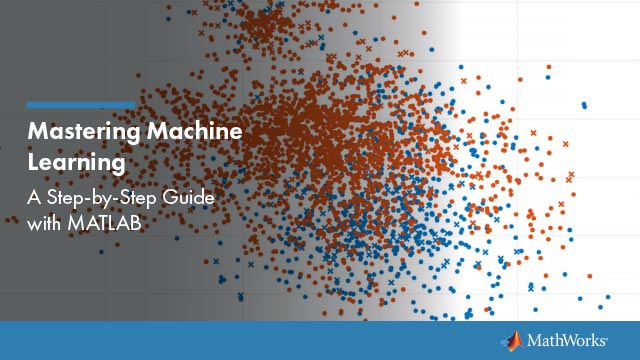Main Content
resubMargin
Resubstitution classification margins for naive Bayes classifier
Syntax
Description
m= resubMargin(Mdl)m) for the naive Bayes classifierMdlusing the training data stored inMdl.Xand the corresponding class labels stored inMdl.Y.
mis returned as a numeric vector with the same length asY. The software estimates each entry ofmusing the trained naive Bayes classifierMdl, the corresponding row ofX, and the true class labelY.
Examples
Input Arguments
More About
Introduced in R2014b


